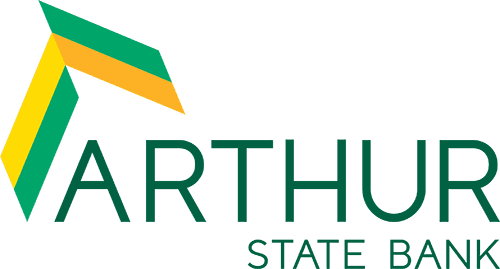For parents looking to give their children a leg up in life, a college education is widely regarded as a gateway to a more fulfilling career, along with a happier and more prosperous future. But unfortunately, it comes with an average price tag of over $10,000 per year — and that’s for in-state tuition at a public four-year college, without accounting for additional expenses such as room and board, books and other supplies, etc. And as such, it’s one of the largest expenses parents will face when raising their kids.
By starting early and having a plan, though, parents can take a lot of stress out of the college-savings process. Read on for answers to some of the most common questions parents have about starting and maintaining college-savings funds for their sons and daughters.
When should I start saving?
This may seem obvious, but the sooner parents can start saving for their child’s college expenses, the better. Even if a parent can only set aside small sums of money toward college savings each month, the seemingly slight contributions can add up to become substantial over time. And via the power of compound interest, the savings can start building up even more if put in the right kind of account (more on that below). Further, if handled in the proper way, putting money away toward college savings can even come with tax benefits, and the savings can be set aside tax-free.
How much do I need to save each month?
The ideal amount of money to put into a college-savings account each month will vary depending on each consumer’s financial situation and savings goals. Many financial experts recommend paying for college using a three-tiered approach — with one-third of the funds coming from savings, one-third from current income and one-third secured via student loans. That said, many parents may want to set a goal of putting more than one-third of the anticipated expenses aside before a child ever enrolls in college. Whatever you decide, make sure that the money you put toward college savings each month is an amount you can comfortably afford.
On that note, a few words of caution: Financial experts recommend that parents always prioritize their own retirement savings and interest-bearing debts when deciding how much to save toward their children’s college fund each month. After all, students can take out loans for school, but parents can’t take out loans for the funds they’ll need to cover expenses during retirement. And when it comes to financial wellness, paying off credit cards and other debts on which interest is accumulating should always be a top priority.
What are the most common types of college-savings vehicles?
When it comes to an account/vehicle type for college savings, consumers have several options to choose from, with each having its own advantages and disadvantages. To help you decide on the ideal option for your situation and goals, here are quick rundowns on some of the most popular current options:
- 529 college savings plans — Designed specifically to facilitate saving for educational expenses, 529 plans allow consumers to contribute after-tax money to their account, where it can be invested and grown on a tax-deferred basis. Money can be withdrawn from a 529 account tax-free, as long as it’s used for qualifying, education-related expenses such as tuition, room, board, books and fees. Further, some states even offer tax deductions for contributions to 529 accounts. Note that withdrawals from 529 accounts may affect eligibility for need-based financial aid.
- Coverdell Education Savings Accounts — Similar to a 529 account but with more flexible investment options, a Coverdell Education Savings Account (ESA) allows eligible households (those earning less than $220,000 a year) to contribute up to $2,000 per year to each beneficiary’s account. Any money put in an ESA can be invested in stocks, mutual funds or bonds, and the account is free from taxes on investment income or capital gains. But with this account type, the funds must be used by the time the child is 30 years old, or they will be subject to taxes. Further, money withdrawn from the account can be used for any educational expenses during the child’s lifetime, including those for needs such as tuition, tutors, uniforms and other fees during the K-12 years.
- Roth IRAs — While Roth IRAs are designed primarily for retirement-savings purposes, those who deposit and invest after-tax money in them can withdraw their funds tax-free at any time if the funds are used to pay for educational expenses. Otherwise, contributions (but not any earnings) can be withdrawn tax-free at any time — and for any purpose. But withdrawals of earnings are charged penalties and taxes if the account holder makes them before reaching age 59 and a half. As with 529 plans, withdrawals from Roth IRAs may affect eligibility for need-based financial aid.
- Custodial accounts — A custodial account is essentially a savings account, but it gives the account creator (typically a parent or other relative) full control of the account until the minor for whom the account is created reaches legal age. Once the minor reaches age 18, 19 or 21 (depending on the age of majority in the state in which he or she resides), the account automatically transfers into his or her control. At this point, the funds within the account can be used as the beneficiary wishes, including on non-education-related expenses. These accounts don’t have the same tax advantages as a 529 or an ESA, and the funds within them count as assets for the beneficiary, potentially affecting access to need-based financial aid.
- Savings bonds — Issued by the U.S. Treasury Department, savings bonds are backed by the federal government and pay the holder a fixed (and relatively low) amount of interest over a set period of time. In basic terms, these bonds serve as a loan to the federal government, which pays back the money with a modest return once they mature. A virtually risk-free way to save for college, savings bonds can offer tax benefits when used to pay for educational expenses and all requirements are met.






















